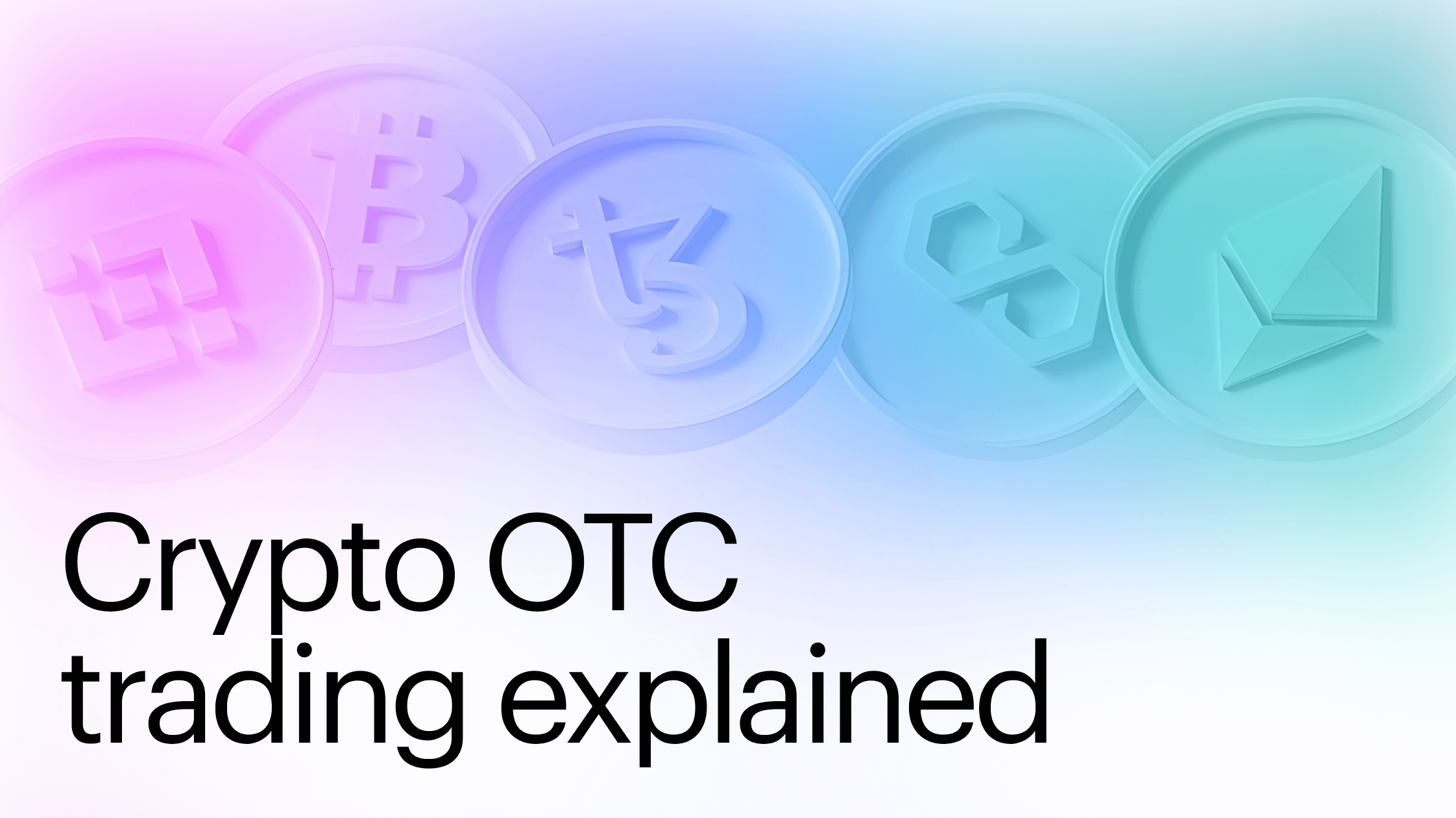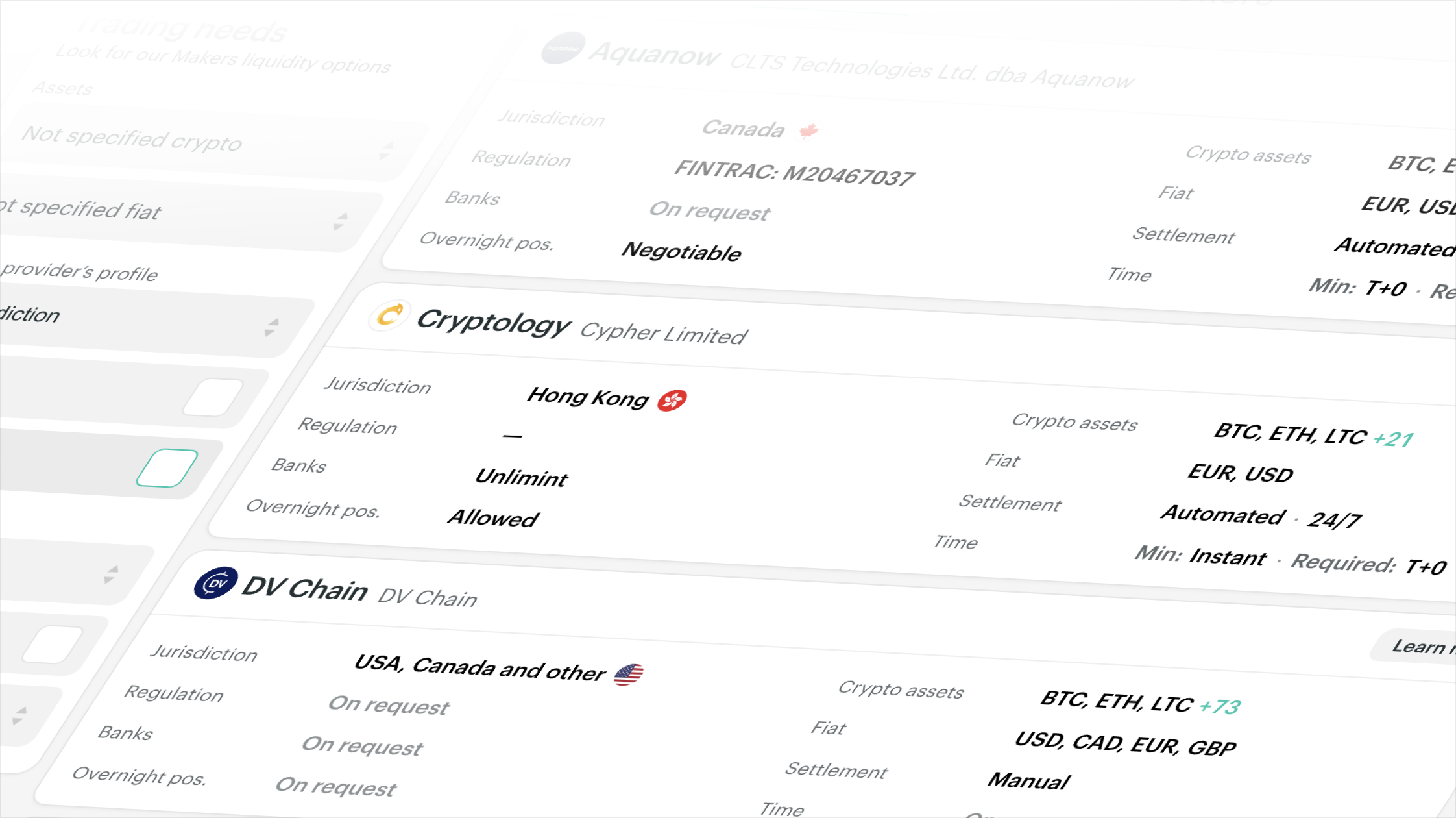
Crypto Over-The-Counter (OTC) trading refers to the exchange of large volumes of crypto assets conducted outside conventional exchanges. This method is particularly advantageous for institutional investors, high-net-worth individuals, and entities seeking to execute significant transactions without affecting market price.
In crypto , OTC trading activity emerged in the early 2010s to facilitate large trades in Bitcoin among miners, early adopters, and select institutional players. Early-stage platforms operated with limited regulatory oversight, relying heavily on reputation and personal networks. As the market evolved and institutions for traditional finance started to look into these new asset classes, the need for more structured and secure OTC trading processes became evident.
Now, the market relies on multiple options for participants to conduct crypto OTC transactions with a higher degree of reliability during high volatility periods, as well as price accuracy and security. Only in the first half of 2024, the crypto OTC trading experienced substantial growth, with Finery Markets reporting a 95% year-over-year increase in spot transaction volume. This surge reflects heightened institutional interest, driven by the introduction of Bitcoin (BTC) exchange-traded funds (ETFs) and greater participation in the crypto market.
What is Crypto OTC Trading?
In theory, any exchange between counterparties without the intermediation of a centralized exchange can be interpreted as an over-the-counter transaction. Simply put, it means there’s a exchange of assets bypassing traditional exchange platforms.
Typically, OTC transactions are facilitated through specialized platforms that connect buyers and sellers, offering tailored services to meet the needs of specific market participants.
The easiest way to think about them is as ‘matchmakers’ that provide a trading infrastructure connecting buyers and sellers, ensuring a secure and private environment for trade execution.
Such infrastructure can adopt various market designs tailored to the specific needs of its clients, including quote-based or order-based trading, visible or non-visible liquidity (like dark pools), and anonymous or non-anonymous trading options.
How Does Crypto OTC Trading Work?
In a typical OTC transaction, one party offers to sell assets at a specified price, while the other is prepared to buy at a different price. The agreement is reached through direct negotiation, often facilitated by OTC trading desks or platforms.
In the context of crypto markets, OTC trades are typically divided in two types: crypto-to-crypto trades, such as exchanging Bitcoin (BTC) for ETH or stablecoins like USD Coin (USDC), and fiat-to-crypto trades, such as converting Tether (USDT) to Euro or vice versa. For example, OTC clients operating through Finery Markets can operate in over 200+ crypto and fiat pairs.
Types of Crypto OTC Trading
OTC trading encompasses various setups, each designed to cater to different needs and preferences. While there’s not a one-rules-all agreement on these categories, in most cases we identify three different setup types: bilateral trading, broker-facilitated trading, and automated platforms. Each method offers distinct advantages and considerations, providing flexibility in how large-scale cryptocurrency transactions are conducted.
1. Bilateral trading
Bilateral trading involves direct negotiations between two parties without intermediaries. For instance, a hedge fund and a venture capital firm might engage in a direct negotiation for a multi-million-dollar ETH transaction ahead of the ETH ETF approval. This type of trading can also be achieved through a single-dealer platform to client infrastructure, in other words, forming an agreement with a liquidity provider..
-
Pros: Grants full control over negotiation terms and ensures high privacy.
-
Cons: Requires considerable trust and extensive due diligence to mitigate counterparty risk, such as legal and financial checks. Finding an appropriate counterparty can be time-consuming.
2. Broker-facilitated trading
Broker-facilitated trading introduces an intermediary into the process. In other words, we’re talking about OTC desks that connect buyers and sellers, provide an electronic front-end, and ensure the security and efficiency of transactions. They use their technology setup and expertise to facilitate trades.
-
Pros: OTC desks offer expertise, access to a network of vetted clients, and secure transaction handling, which reduces counterparty risk.
-
Cons: Their services come with additional fees.
3. Automated trading
In recent years, there’s been a surge in popularity of automated trading platforms, typically referred to as Decentralized Exchanges (DEXs), including names like Uniswap, Curve Finance, PancakeSwap, Balancer, and many others.
These platforms operate as OTC desks but rely on a distinct market structure identified as Automated Market Makers (AMMs). In their case, liquidity provision takes place through the funding of liquidity pools governed by smart contracts. In other words, liquidity providers (LPs) deposit tokens into the pools and then directly quote and trade tokens in the pools with traders.
-
Pros: Provides faster trade execution and potentially lower fees compared to broker-facilitated trading.
-
Cons: Limited by predefined trade parameters and may not accommodate highly customized requirements. No coverage for fiat-to-crypto pairs. The regulatory environment for these platforms is still developing. Liquidity can run dry during high-volatility events.
Finery Markets: Enhancing OTC Liquidity & Trade Execution
Liquidity and trade execution are two critical aspects to look after when considering crypto OTC trading. Generally, OTC desks rely on Liquidity Providers (LPs) to act as counterparty liquidity and ensure the execution of trades. However, managing connections with multiple liquidity providers can be resource-intensive and costly. The need to maintain various integrations often results in significant infrastructure and back-office expenses. Moreover, liquidity providers may exercise the "last look" option, allowing them to reject orders without prior notice, which can lead to higher execution costs and operational inefficiencies.
Order routing solutions, while helpful, only partially address these challenges. They facilitate access to multiple liquidity providers but also depend on indicative prices with “last look” and lack a matching engine, potentially resulting in unpredictable execution and increased slippage.
That’s precisely where Finery Markets come into play. Through our solutions, we offer a streamlined approach with a single connection to multiple liquidity sources, delivering firm orders through its multi-dealer marketplace. This setup ensures transparent and predictable execution with minimal slippage. By aggregating order books from various market makers, Finery Markets enhances execution quality and reliability.
Additionally, our platform provides pre-trade leverage with advanced risk management and automated 24/7 post-trade settlements, making it a superior choice for crypto businesses and institutional investors.
Finery Markets’ infrastructure also offers a White Label solution, enabling businesses to set up a fully branded crypto OTC desk within a week. This option is suitable for various use cases, including existing OTC desks aiming to enhance operational efficiency and liquidity quality, as well as banks and brokers seeking to expand their product offerings and monetize their B2B client bases through global liquidity reselling.
Crypto OTC Trading vs Centralized Exchanges
Crypto OTC desks and traditional crypto exchanges both facilitate trading but cater to different needs and operate distinctively. There are three areas where these differences are evident:
Liquidity and speed
Traditional exchanges may encounter liquidity issues with large orders, potentially causing price slippage. OTC desks, through their extensive liquidity networks, facilitate large trades more efficiently, ensuring transactions are completed at agreed prices.
Impact on market prices
Orders on traditional exchanges can influence market prices, particularly with large trades. OTC desks handle trades off-exchange, thereby preventing significant price fluctuations and offering a stable environment for substantial transactions.
Public vs. private transactions
OTC desks conduct transactions privately, maintaining confidentiality and mitigating the risk of market manipulation.
Who Uses Crypto OTC Trading Solutions
Crypto OTC trading is not universally applicable but offers significant advantages for specific users who value discretion, customization, and efficient execution of large trades.
Institutional Investors and High-Net-Worth Individuals
These entities often seek to execute substantial trades without influencing market prices. For instance, a company aiming to acquire a large amount of Bitcoin for its balance sheet may prefer OTC trading for its confidentiality and capability to manage large transactions smoothly.
Stablecoin Traders
Individuals and entities trading stablecoins, such as USDT or USDC, can leverage OTC desks to access tailored services, particularly when dealing with less liquid or niche cryptocurrencies.
Miners
Miners who need to convert large quantities of Bitcoin or other cryptocurrencies into fiat can use OTC trading to avoid market disruptions, maintaining stable prices for their large-scale transactions.
Reasons to trade crypto via OTC solutions
-
Better terms on large volume transactions: OTC platforms enable substantial transactions, bypassing the constraints and limitations of centralized exchanges.
-
Minimized market impact: Execute large trades with reduced price slippage and minimal market disruption, leading to more favorable execution prices despite higher volumes.
-
Customized services: Benefit from tailored services, including trade facilitation, settlement, and additional support designed specifically for high-volume traders.
-
Diverse asset options: Access a broad range of assets beyond Bitcoin, opening up various trading opportunities on OTC platforms.
-
Confidentiality assurance: Enjoy enhanced privacy and confidentiality with discrete transaction environments provided by OTC platforms.
Is Crypto OTC Safe?
Due diligence is crucial due to the decentralized and private nature of OTC trading. It is important to verify the platform's regulatory compliance, industry reputation, and customer reviews to mitigate risks.
Leading OTC desks typically deploy stringent security measures, including multi-signature wallets, cold storage solutions, and comprehensive compliance protocols to safeguard funds and ensure transaction legitimacy.
In this regard, Finery Markets is a great example as it is the only crypto ECN complying with SOC 2 Type 1 standards. This certification is a security compliance benchmark in the traditional financial and technology industries, and it evaluates an organization's infrastructure, software, staff, data, and policies to protect customers' data.

























